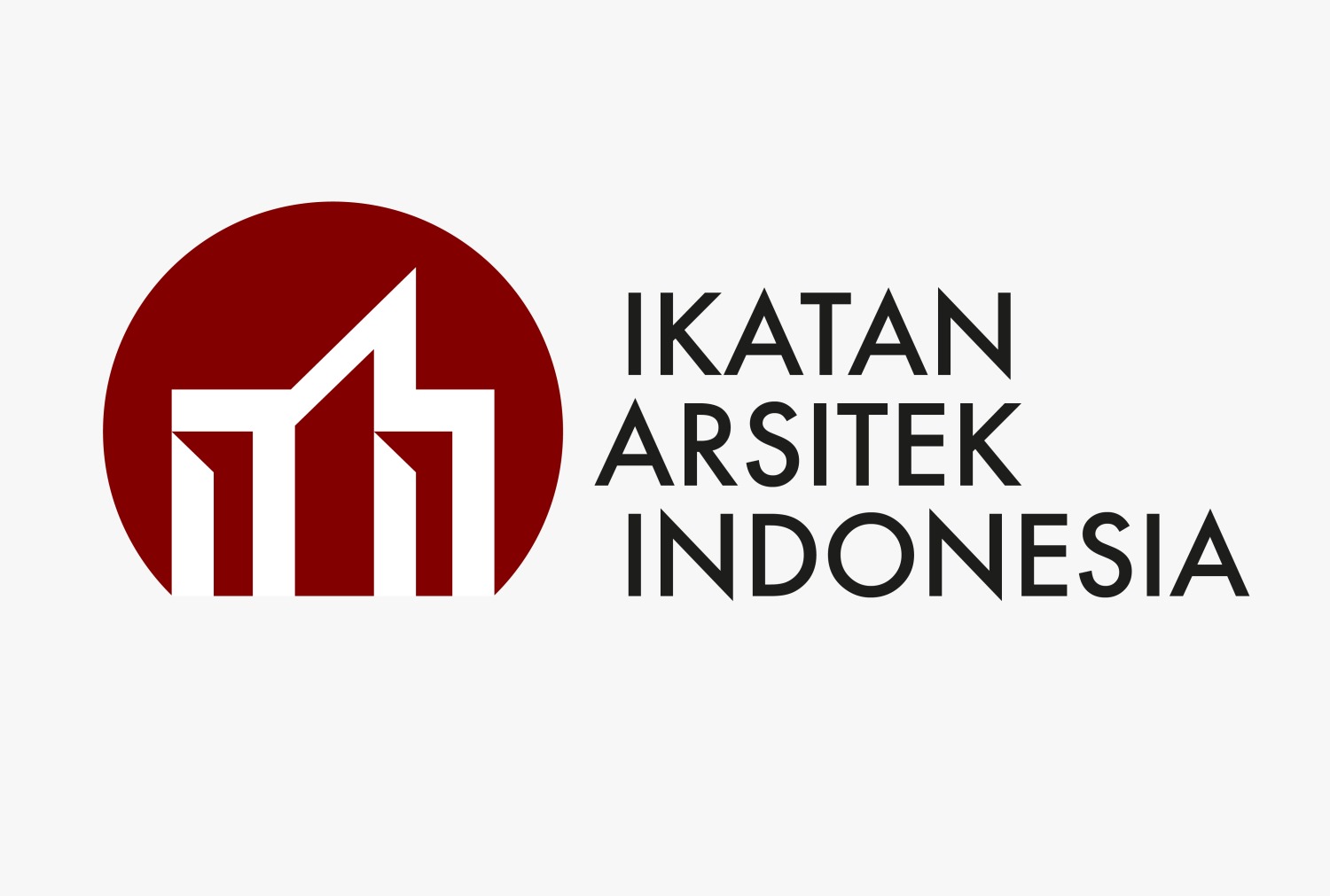Study of microClimate Characteristic in Tamansari Yogyakarta as a Heritage Tourism Area
DOI:
https://doi.org/10.31101/juara.v4i1.1470Kata Kunci:
Microclimate, Heritage Tourism, Simulation.Abstrak
Unduhan
Referensi
Ambrosini D, Galli G, Mancini B, Nardi I, Sfarra S (2014). Evaluating Mitigation Effects of Urban Heat Islands in a Historical Small Center with the ENVI-Met® Climate Model. Sustainability (Switzerland) vol 6, 7013-7029
Artha, A. T. (2004). Jejak Masa Lalu: Sejuta Warisan Budaya. Yogyakarta: Kunci Ilmu.
Chau, C. (2016). Investigating the Effects of Greenery on Temperature and Thermal Comfort in Urban Parks. The Hong Kong Polytechnic University.
Gerald, W. (1981). Modelling Environment Behaviour System. Journal of Man-Environment Relation.
Hendrawati, D. (2016). Air sebagai Alat Pengendali Iklim Mikro dalam Bangunan. Jurnal Teknik Sipil dan Perencanaan, 97-106.
Honjo, T. (2009). Thermal Comfort in Outdoor Environment. Global Environmental Research, 43-47.
Kannamma, D., & Sundaram, M. (2015). Implications of Building Material Choice on Outdoor Microclimate for Sustainable Built Environment. Key Engineering Materials, 82-90.
Koerniawan, D., & Gao, W. (2015). Thermal Comfort Investigation in Three Hot-Humid Climate Theme Parks in Jakarta. American Journal of Environmental Sciences, 11(3), 133-144.
Kurniati, R. (2016). Conservation of Tamansari Yogyakarta Post Earthquake. Jurnal RUANG, 79-95.
Lechner, N. (2014). Heating, Cooling, Lighting: Sustainable Methods for Architects 4th Edition. New Jersey: John Wiley and Sons.
Sangkertadi. (2013). Kenyamanan Termis di Ruang Luar Iklim Tropis Lembab. Bandung: Alfabeta.
Shirvani, H. (1985). Urban Design Process. New York: Van Nostrand Reinhold.
Viciani, R., & Hanan, H. (2017). Karakteristik Kawasan Tamansari Watercastle sebagai Warisan Budaya Kraton Yogyakarta. Prosiding Seminar Heritage IPLBI. Cirebon.
Unduhan
Diterbitkan
Cara Mengutip
Terbitan
Bagian
Citation Check
Lisensi
With the receipt of the article by the JUARA and the decision to be published, then the copyright regarding the article will be diverted to Journal of JUARA. Universitas 'Aisyiyah Yogyakarta as the publisher of Journal of JUARA hold the copyright regarding all the published articles in this journal.
Journal of Health Studies is licensed under a Creative Commons Attribution-ShareAlike 4.0 International License.




